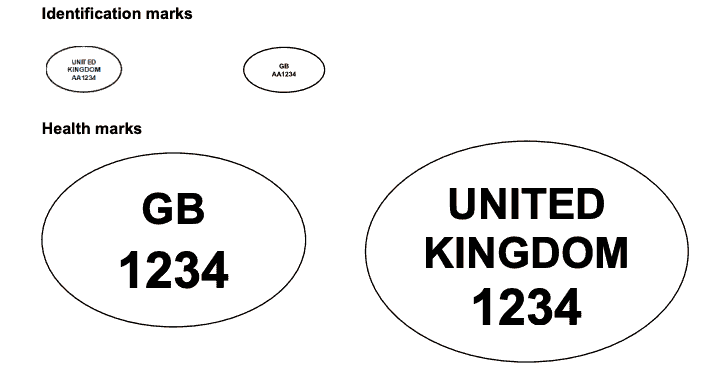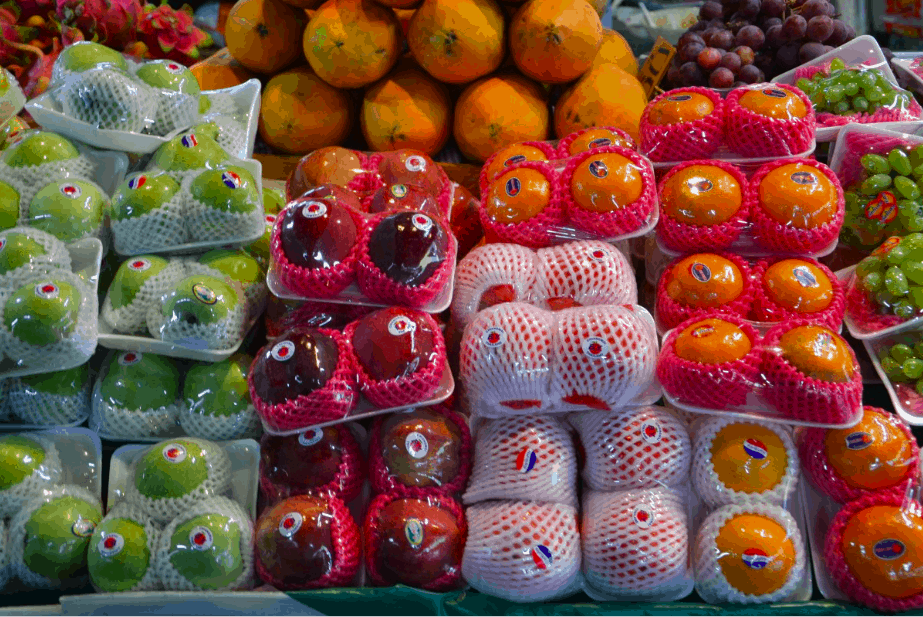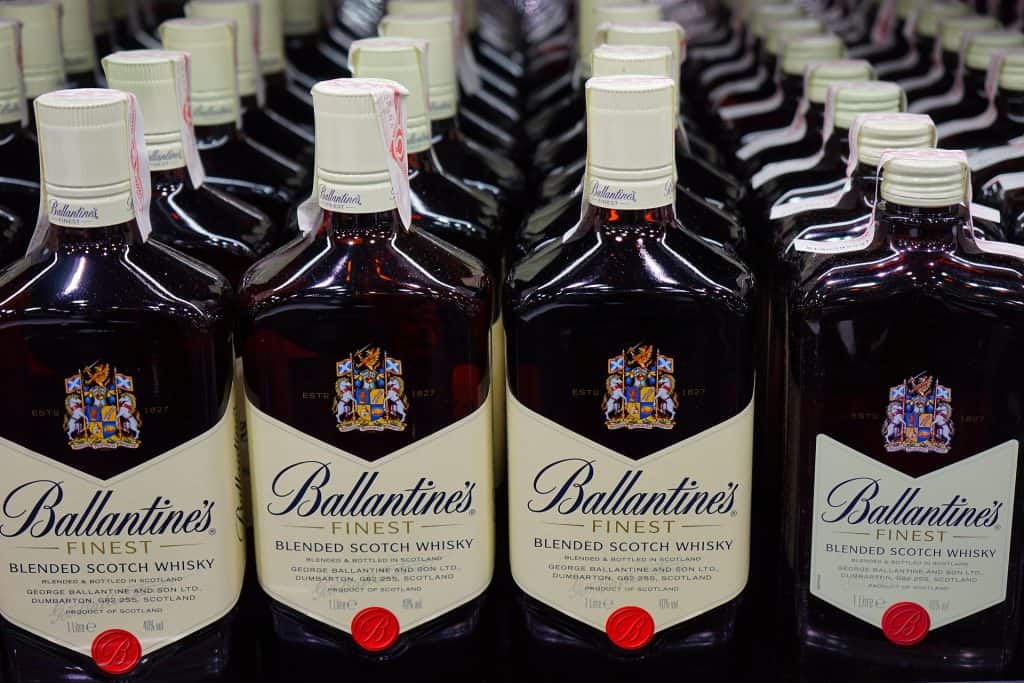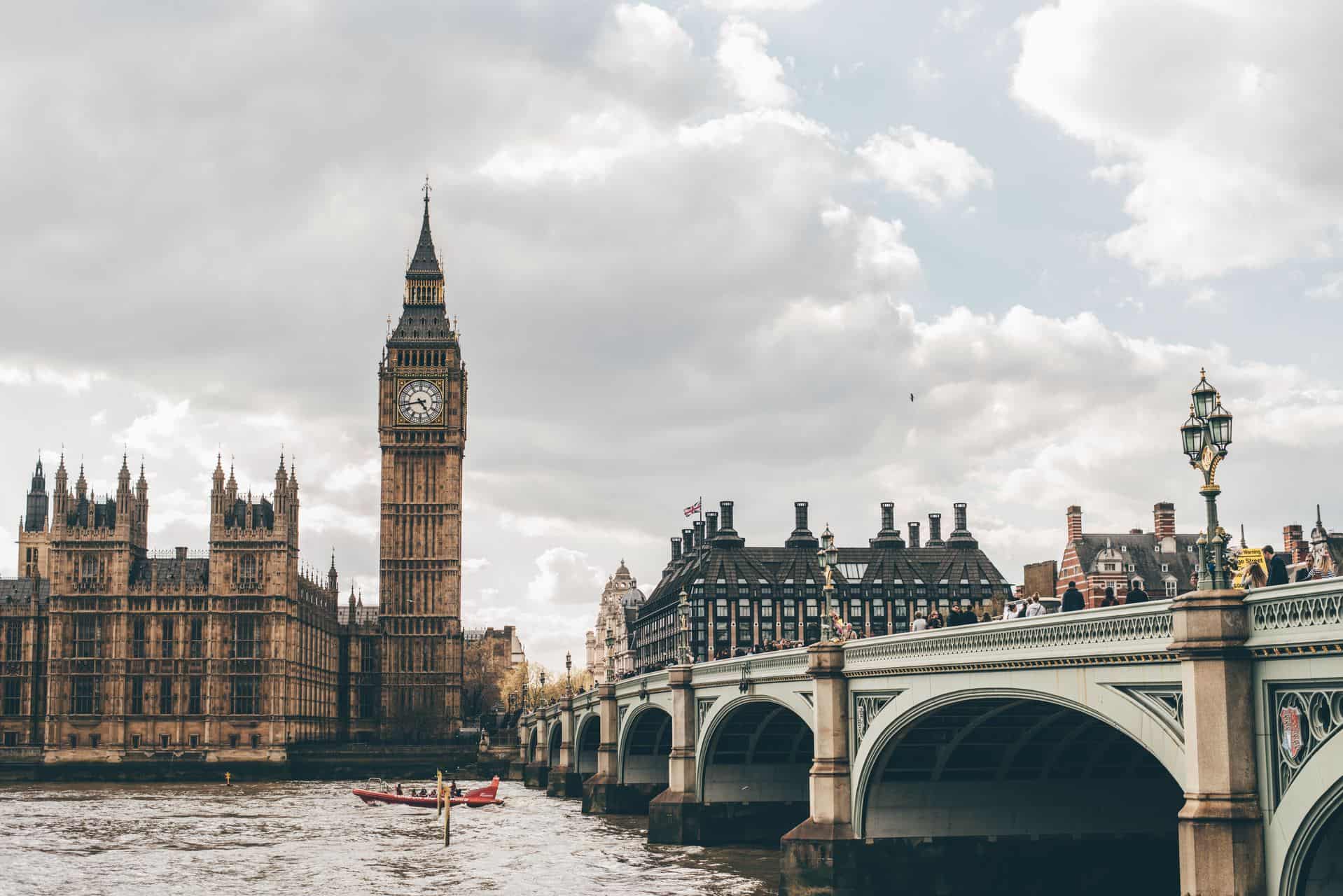There are many questions surrounding the issues of how food packaging might change after Brexit. With less than three weeks to go until the 29th March deadline, there is less certainty than ever about the outcome of UK-EU negotiations. Whether we leave the EU on Theresa May’s deal, go without a deal, or extend article 50 further, there will be consequences for businesses across the United Kingdom.
The food packaging industry is especially susceptible to trade challenges resulting from Brexit. A lot of UK food packaging regulation comes from the European Union. Many of our clients who use our polyolefin shrink wrap will be affected by packaging regulatory changes and the UK’s exit from the European trading bloc.
In this article, we explore what some of the future changes to UK packaging is likely to be. Follow our advice and guidance for a brief look into how food packaging might change after Brexit.
Health and Identification Marks

If you are selling certain foods like those products of animal origin (POAO), health and ID marks are required to prove that they have been made in a UK-approved establishment. The UK Food Standards Agency (FSA) will need businesses who export to the EU to include a health and ID marker including either an official two-digit ISO Code ‘GB’, or the country name ‘UNITED KINGDOM’. This is to make clear where the product originates.
If you are exporting to a non-EU country, including placing products in the UK, you may also include the health and ID label ‘UK’, though this is subject to change depending on the outcome of future bilateral negotiations between the UK and other countries. However, for any non-EU country to whom a business exports POAO, or for domestic markets, products must contain a label stating either the ‘UK’ abbreviation, the ‘GB’ abbreviation, or the full country name ‘United Kingdom’.
The health and ID mark must be at least 6.5cm wide, and 4.5cm high. The letters must be at least 0.8cm high, and the figures at least 1cm high. There are a few exceptions to these rules, but on most products, these are the bare minimum marker size.
In case of a ‘No Deal Brexit’, revised health and ID marks must be used from the 29th March onwards, for products exported to either EU or non-EU countries. For products in the UK, the EU identification mark currently applied to POAO will remain valid for 21 months after the UK leaves the EU – in other words, until the end of 2020.
Packaging Organic Food

EU laws also cover the production, processing, labelling, and trading of organic food items. While standards should remain the same, organic packaging rules will change slightly.
Food registered as organic in the EU will continue to be designated as organic in the UK, according to government advice, though whether the UK continues to do so is at the UK’s discretion. Similarly, the EU will be able to decide whether to accept UK products as organic. As neither party is planning to change its standard on organic food, however, rules should not change any time soon.
If Britain leaves the EU with a deal, then UK companies can continue to use the EU organic logo. If not, then the EU market will be closed to the organic-certified UK produce from the 29th of March, and UK products cannot use EU organic symbols or logos. Regardless of the deal, UK companies must not use the EU emblem on their goods unless they have been expressly authorised to do so by the EU in the first place.
Food Origin and Names

Of course, once the UK leaves the EU, you should not label UK food as being of EU origin. However, if your product is partially sourced from the EU and partially sourced from the UK, then the rules become more complex.
Minced meat (other than beef and veal) that is partly from the UK and partly from the EU must be labelled ‘UK and non-UK’, for example. Fruit and vegetables that are a mix of UK and EU must be labelled ‘a mix of UK and non-UK origin’. Blended products from different countries, regardless of which countries, must be labelled as ‘a blend of (product) from more than one country’. For more advice, you can talk to your EU importing contact for EU labelling requirements or the relevant member of the UK government or civil service for advice on UK regulation.
Protected geographical indication names (GI names), or food with a specific name because of their origin, will no longer be protected under EU law after Britain leaves the EU. Instead, the UK will set up its own GI scheme to fulfil WTO (World Trade Organization) obligations. Examples of GI names include scotch whisky, Cornish pasties, Welsh lamb, or Dorset Blue cheese. All existing UK products registered under EU GI schemes will become registered under a UK GI scheme. Defra will publish guidance on how to apply for UK-protected GI status after March 2019.
Brexit and Packaging Supplies
How the UK food packaging industry will be affected by Brexit depends entirely on what kind of deal we end up with. However, the UK food packaging industry – not just for polyolefin shrink wrap or PVC shrink film, but also other plastics, cardboard and paper – relies upon cross-European supply chains and the free movement of goods. Post-Brexit, how intact these supply chains remain and how open market access remains will affect how efficient businesses can be.
Just-in-time supply chains are also commonplace when it comes to food packaging. This is especially so as packaging like our polyolefin shrink wrap is vital to extending the shelf life of perishable goods. One of the most important things for the industry will, therefore, be securing frictionless trade.
Finally, leaving the EU will mean that environmental regulations around packaging materials are subject to change, including plastics like PVC. The government has stated the food safety and the ecological regime will not be watered down after leaving the European Union. Nevertheless, whether UK regulation keeps up to date with new packaging technologies or not will have a significant impact on the UK food packaging industry.
If your business is looking for a food packaging solution, we have covered before the importance of food packaging as well as the advantages and disadvantages of different options. And if you want more information about various food packaging solutions we can offer you, get in touch, and we will be happy to be of assistance.


